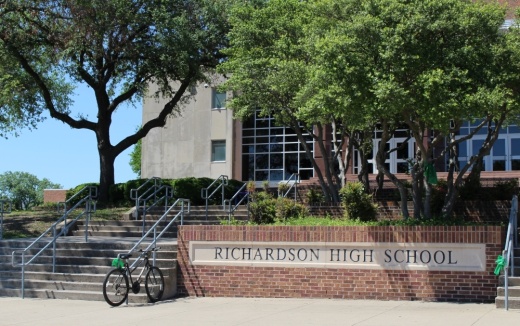The money is part of the $11.2 billion set aside for Texas public schools in the third round of federal funding from the Elementary and Secondary School Emergency Relief, or ESSER, grant fund.
RISD officials said the district is slated to receive an initial grant allocation of about $46.3 million, which equates to two-thirds of its total allocation, and another $23.2 million from the remaining allocation.
The funds are designated for one-time or short-term expenditures to address the ongoing impact of the pandemic, Superintendent Jeannie Stone said in a June 18 video message posted to the district's website.
"We're currently seeking feedback from all district and community stakeholders through a survey on the Richardson ISD website to help determine how the district should best utilize these resources to address unfinished learning, ongoing COVID-19 recovery and federal grant funds," she said.
The survey, which is available here, is open until July 12. It allows users to pick up to five priorities RISD should consider in helping address learning recovery and the effects of the pandemic.
The district’s application for the grant funds is due July 27, Deputy Superintendent Tabitha Branum said during the June 14 RISD board meeting.
During that meeting, Branum also said the district was allocated just under $31 million as part of the second phase of ESSER funding. However, the state plans to use some of that allocation to help fund the Texas Education Agency’s hold-harmless guarantee for the 2020-21 school year, she said. That guarantee ensured that districts would receive their anticipated funding regardless of changes to attendance or enrollment caused by the pandemic.
“We believe that we are going to get some of these funds, but it will not be the full $31 million,” Branum said. “We are estimating somewhere between $12 million and maybe $15 million would stay in the district.”





